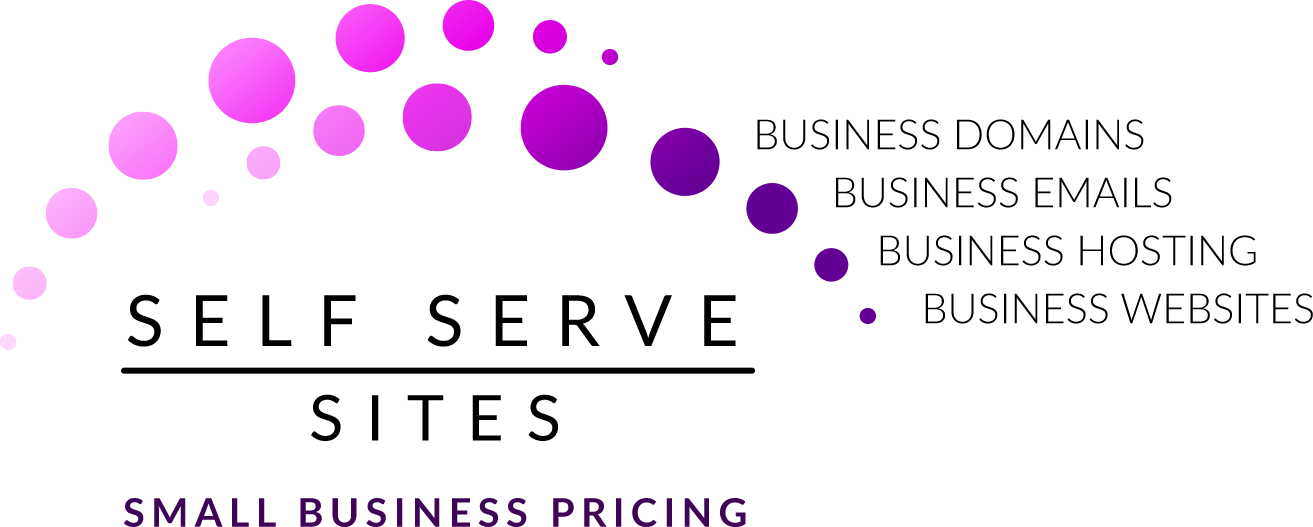The Importance of Load Balancing for Small Business Websites
As a Small Business Owner, ensuring that your Website runs smoothly and efficiently is crucial for providing a seamless user experience and maintaining Customer satisfaction.
One critical component of Website performance that often goes overlooked is load balancing. Don’t know what that is? Don’t worry, in this blog, we'll explore what load balancing is, why it's essential for Small Business Websites, and how you can implement it to enhance your Website's reliability and performance.

What is Load Balancing?
Load balancing is the process of distributing incoming network traffic across multiple servers to ensure no single server becomes overwhelmed. This helps in managing the load efficiently, ensuring that your Website remains fast, responsive, and available to users even during high traffic periods.

Why Load Balancing is Important for Small Business Websites
Improved Website Performance: When a single server handles all the traffic, it can quickly become overloaded, leading to slow load times and potential crashes. Load balancing helps distribute the traffic evenly, ensuring each server works efficiently and your Website performs optimally.
Enhanced Reliability and Uptime:
A load-balanced environment offers better reliability. If one server fails, the load balancer reroutes traffic to other available servers,
minimising downtime and ensuring that your Website remains accessible to users.
Scalability:
As your Small Business grows and attracts more traffic, load balancing allows you to scale your Website seamlessly.
You can add more servers to your network to handle the increased load without affecting the user experience.
Better Resource Utilisation:
Load balancing
ensures that all servers in your network are utilised efficiently. This prevents any single server from being overburdened while others remain underutilised, leading to better overall resource management and cost-efficiency.
Enhanced Security:
Load balancing can also contribute to better security. By distributing traffic across multiple servers, you
reduce the risk of Distributed Denial of Service (DDoS) attacks overwhelming a single server, enhancing your Website's security posture.

How to Implement Load Balancing for Your Small Business Website
Configure Load Balancer Settings: Proper configuration is essential for effective load balancing. This includes setting up rules for traffic distribution, such as round-robin, least connections, or IP hash. Your choice of algorithm will depend on your specific requirements and traffic patterns.
Monitor and Adjust:
Regularly monitor the performance of your load balancing setup.
Use analytics tools to track server load, response times, and traffic patterns. Based on the data, make necessary adjustments to your configuration to ensure optimal performance.
Implement Health Checks:
Health checks are crucial for load balancing. They involve
regularly pinging servers to ensure they are up and running. If a server fails a health check, the load balancer automatically redirects traffic to healthy servers, maintaining uptime and performance.
Consider Redundancy:
To further enhance reliability, consider setting up redundancy for your load balancers. This
involves having multiple load balancers in place so that if one fails, another can take over, ensuring continuous operation.
Load balancing is a vital strategy for Small Businesses aiming to provide a high-performing, reliable, and scalable Website. By distributing traffic efficiently across multiple servers, you can improve your Website's performance, ensure better uptime, and enhance security, helping you maintain a competitive edge in today's digital landscape.










